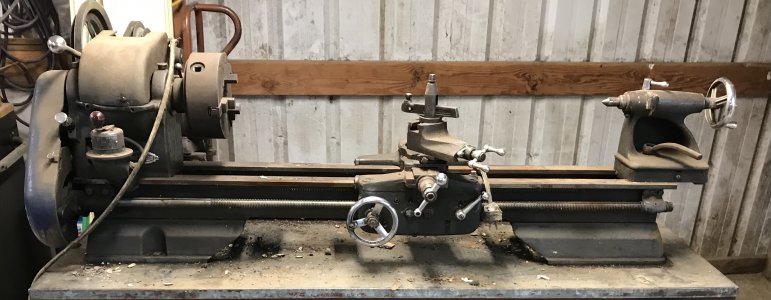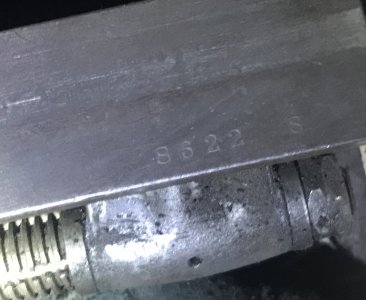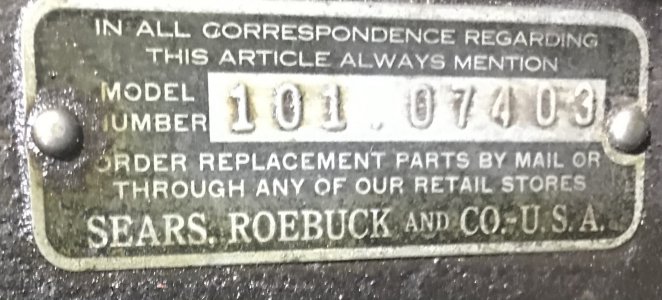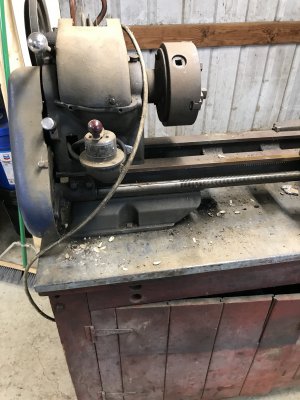- Joined
- Dec 25, 2011
- Messages
- 10,511
@jpack,
After thinking it over some more, I came to the conclusion that it is more likely that it is a 101.27440 rather than a 101.07403 with added QCGB.. It has the QCGB, the rectangular motor switch plate, and the selector handles are the late style.
I've assigned it serial number UNKNOWN000106, If you should ever, for some other reason, pull the spindle, please report the 4 dates engraved into the spindle bearings, or NONE if there aren't any. Atlas or Timken ceased dating the bearings circa 1953. The 101.27440 (and for that matter the 101.07403) was made up until mid-1957.
After thinking it over some more, I came to the conclusion that it is more likely that it is a 101.27440 rather than a 101.07403 with added QCGB.. It has the QCGB, the rectangular motor switch plate, and the selector handles are the late style.
I've assigned it serial number UNKNOWN000106, If you should ever, for some other reason, pull the spindle, please report the 4 dates engraved into the spindle bearings, or NONE if there aren't any. Atlas or Timken ceased dating the bearings circa 1953. The 101.27440 (and for that matter the 101.07403) was made up until mid-1957.





